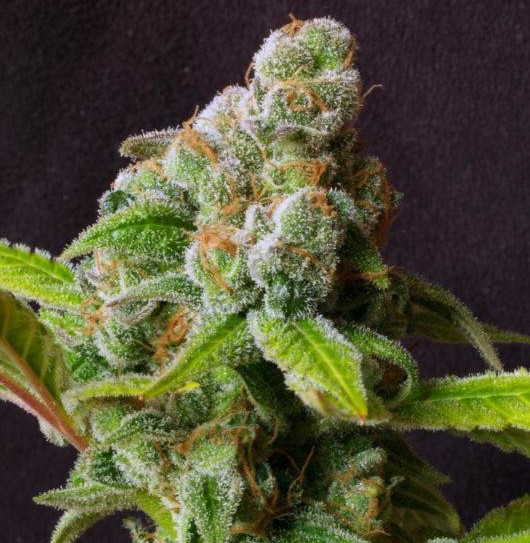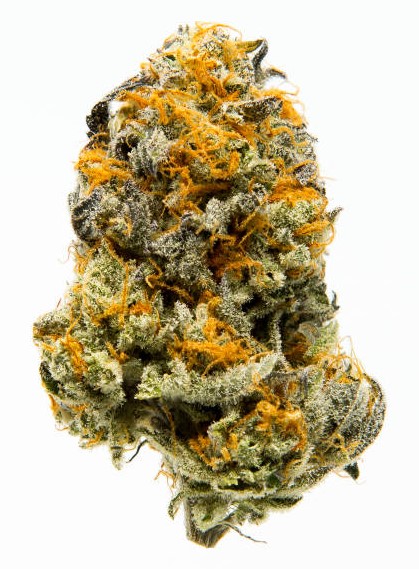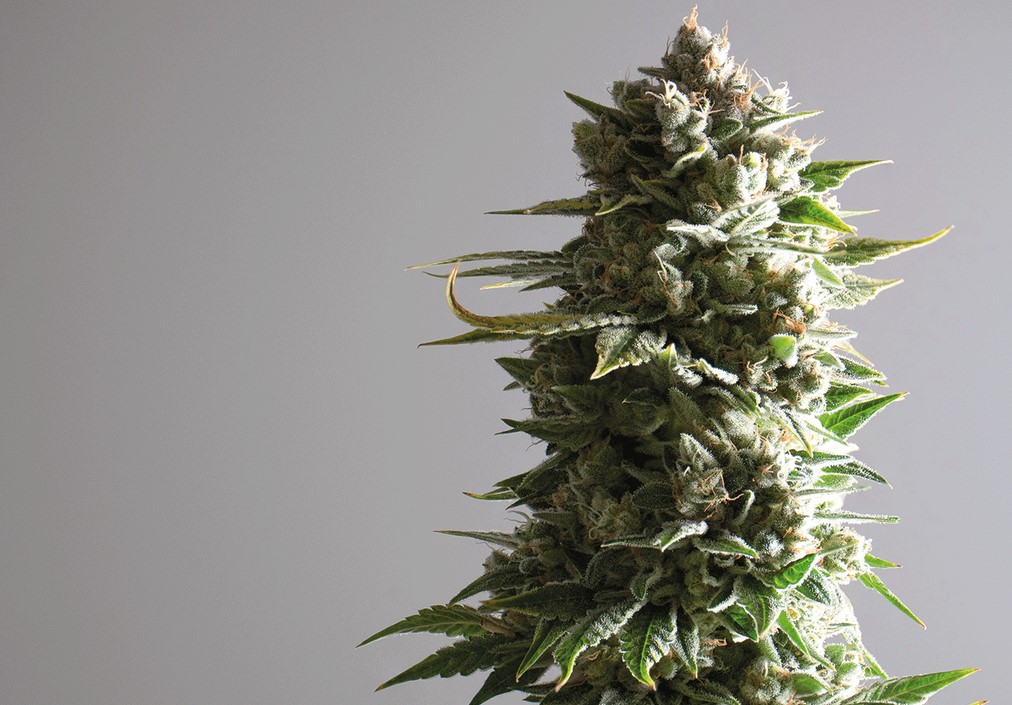Non classé
Marijuana Buds Structure
Cannabis is one of our most valuable crops. Few other plants have given their grower so much pleasure and fulfillment as this plant did. The more knowledgeable the grower is about their own cannabis plant, the better they will be able to optimize its development potential. Read on to learn how you can develop your expertise as a cannabis grower like we did.
How are marijuana buds made?
For most cannabis growers, the buds and the terpenes/cannabinoids generated by them are the most vital aspect of the plant. The nutrients, lighting, and environment may all be tweaked to assist marijuana buds develop bigger and closer together, resulting in fat, long blooms.
The foundation to any great cannabis garden starts with high-quality seeds. You can trust that these genetics will provide you with an ample supply of Grade-A marijuana buds. In the wild, cannabis buds typically act as a dwelling place for the seeds produced after pollination. Most growers go to lengths to prevent accidental pollination in their gardens so the plant can focus its energy into producing cannabinoids and terpenes instead of wasting time on making embryos.
More and more growers are switching to feminized cannabis seeds, which give rise to 95%+ female plants.
The different parts of a cannabis bud
Within the cannabis bud structure, there are many distinct plant components that all have a role. Understanding the form and function of the female cannabis plant may assist growers in better comprehending their growth. The greatest cannabis cultivators generally produce the best quality harvests. Cannabis bud structure is not difficult to understand, and it bears several similarities to other plants.
Calyx (or bract)

Pistils and stigmas
The female organs of a cannabis plant are known as the pistils, which contribute to the plant’s sexual function. They include two stigma, which give rise to two appendages. The stigmas are white hairs that originate from the calyx. Initially, they are white. As harvest approaches, the stigmas frequently turn orange ( Occasionally, they can be red, pink or another color).
The stigma changing colors faster than normal may be a sign of pollination, which could be from either deliberate or accidental sources; for example, if there is a hermaphrodite cannabis plant present in the room.
Colas
A cannabis cola is a term used to describe elongated, fat marijuana buds. High-quality sativa cannabis seeds typically generate extremely lengthy buds. If many small marijuana blossoms grow close together on one plant, it’s called a cola. Ideally, these colas can be quite extended—sometimes even as long as your arm!
Sugar Leaves
Cultivators often times find sugar leaves, which are small resin-coated leaves that usually surround the blooms, within the cannabis bud structure. Even though they’re generally removed during the trimming process, because of how many trichomes (tiny hair-like growths) cover them, sugar leaves are rarely thrown away. More often than not, cultivators will utilize them to create cannabis concentrates and extracts like hash oil and shatter.
When sugar leaves are left in the buds before they’re fully developed, many growers do so. It’s difficult to remove them since they have a lot of resin.
Trichomes
Trichomes are a popular aspect of cannabis buds for many consumers. They’re tiny resin glands that contain terpenes and cannabinoids and look like mushrooms. Some experts feel they were developed to deter insect invasion by creating a sticky coating that captures bugs. It’s considered dangerous to predators as well.
According to recent research, cannabinoids present in the trichomes might also help protect the plant from UV radiation damage. However, for a connoisseur cannabis seed breeder, having a thick and fragrant trichome layer is an indication of quality, potency, and enjoyment!
Stem
The cannabis stem is the plant’s backbone, from which branches and blossoms will develop. To produce bigger harvests, the stem (as well as the branches) may be bent, twisted, or cut.
Female

Cannabis flower is generally avoided by most growers, with the exception of those who grow their own cannabis seeds. This is to prevent the amount of buds in their crop from being reduced to seeds.
Sativa vs indica marijuana buds
Cannabis strains with a higher THC content, like sativas, are often bred from indica plants that grew in tropical, humid environments. As a result of this and to minimize the risk of mold/bud rot, sativa cannabis strains have a less closed and airy bud structure than their indica counterparts. This gives the sativa buds greater mobility before they succumb to botrytis mold infection.
Cannabis indica buds are more often found in lower humidities, which is consistent with their colder, more mountainous habitats. That’s why cannabis bud structures for indicas are thicker and smaller than those of sativas. Mold is less likely to develop in an indica environment than a tropical sativa one, as reflected by the Cannabis bud structure development.
Cannabis buds colours meaning
The quality of your cannabis harvest will be determined largely by how well you take care of the plants during growth. A farmer with experience and access to LED lights is more likely to produce a stronger plant than someone new to gardening, who may not have as many skills or resources. This is true even if both growers are using the same type of seed.
The different colours of cannabis buds is brought about by diverse environmental conditions, for instance cooler temperatures resulting in more autumnal shades. Moreover, particular strains like Auto Blackberry Kush have genetics which produce stunning blue/purple hues. According to this then, the colours of cannabis buds are determined by a combination of both genetic and non-genetic factors.
Growing the best marijuana buds
If you want beautiful, high-quality cannabis buds, then it all starts with choosing the right souche of seeds. That’s why experienced growers only select their strains from reputable suppliers. Even they can’t produce good results if they’re working with low-quality seeds. So when you’re ready to start growing, make sure you find a trusted supplier for your purposes.
By altering the conditions and genetics, you may anticipate plentiful buds from your plants. Nowadays, LED grow lights are frequently thought of as the optimum quality light source due to their high THC levels and terpene content.


